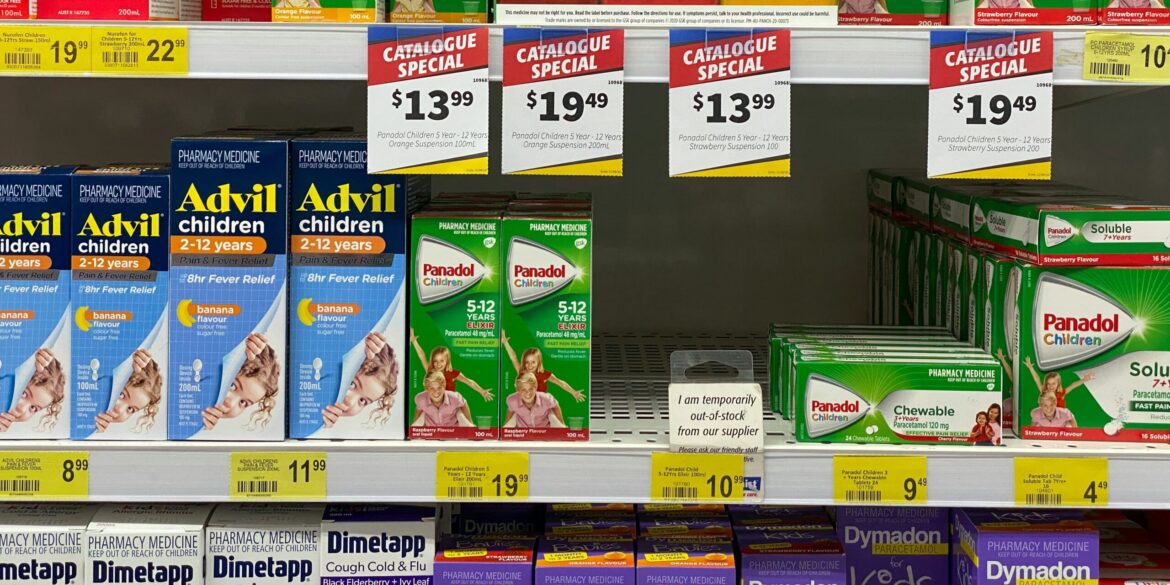The United States began enforcing a sweeping new trade measure on October 1, imposing a 100% tariff on all imported branded or patented pharmaceutical products. The policy, aimed at boosting domestic drug manufacturing, marks one of the most aggressive interventions in the pharmaceutical trade in recent years. While the move is intended to strengthen U.S. production capacity, it has already triggered concerns about supply chain disruption, potential price increases, and the broader impact on patients reliant on specialized therapies.
Under the new rules, branded pharmaceuticals entering the U.S. market will face a full duty, effectively doubling their landed cost. The only exceptions apply to companies that are actively building U.S. manufacturing facilities, a carve-out designed to incentivize domestic investment. Firms will need to provide regulatory proof that construction is underway in order to qualify for this exemption. This provision could provide a competitive advantage to companies already in the process of establishing plants stateside, while leaving others scrambling to reconsider their global supply strategies.
Read Also: https://todayus.com/unlocking-the-future-of-metabolic-health-sabas-natural-glp-1-solution/
Critics warn that the impact on consumers could be swift and substantial. Many branded drugs, particularly specialty biologics and rare-disease treatments, currently have few or no immediate domestic substitutes. Health insurers, hospital systems, and pharmacies are bracing for potential price hikes as importers adjust to the new tariff environment. For patients, especially those requiring high-cost or highly specific medications, access and affordability may become pressing concerns. Advocacy groups have cautioned that even short-term supply disruptions could have outsized consequences for vulnerable populations.
Industry analysts see both opportunity and risk in the policy shift. On the one hand, U.S.-based pharmaceutical companies may accelerate investment in domestic manufacturing capacity, particularly for biologics and other high-margin therapeutics. For companies already planning or building facilities in the U.S., the exemption framework offers a clear pathway to maintain market presence while avoiding the steep tariff penalties. On the other hand, smaller firms or those with more complex cross-border supply chains may find themselves at a disadvantage, struggling to pivot production quickly enough to mitigate financial impact.
From a regulatory perspective, the exemption process adds another layer of complexity. Importers will need to document not only that they are investing in U.S. facilities but that construction is actively underway, a standard that may prove challenging for multinational firms accustomed to relying on overseas production. Compliance officers anticipate a flurry of filings, site inspections, and legal disputes as companies seek clarity on how exemptions will be interpreted and enforced.
The tariff also raises broader geopolitical and trade questions. Many branded pharmaceuticals are developed and manufactured in Europe and Asia, regions with which the U.S. has long-standing trade ties. Industry observers suggest that the new duties could strain relationships with foreign governments and trigger retaliatory measures, further complicating an already delicate global supply chain. Some policymakers, however, argue that the U.S. has little choice but to act aggressively, citing the need to reduce reliance on foreign production for critical medical supplies—a vulnerability that was highlighted during the COVID-19 pandemic.
For domestic manufacturers, the tariff represents a potential windfall. By leveling the price differential between imported and U.S.-made drugs, the policy could make local production more attractive to investors. The push for “reshoring” pharmaceutical production aligns with broader industrial policy trends seen in semiconductors, renewable energy, and electric vehicles. However, experts caution that building and certifying pharmaceutical plants is a years-long process, meaning that the benefits of expanded domestic capacity may take time to materialize, while the immediate cost burdens fall on consumers and insurers.
In the short term, pharmacies and hospital systems are expected to adjust procurement strategies, potentially stockpiling certain medicines or renegotiating contracts to hedge against volatility. Insurers may respond by revising formularies or shifting more costs onto patients, raising the likelihood of public backlash. Policymakers have indicated that they will monitor pricing closely, though it remains unclear whether additional relief measures will be introduced to cushion the transition.
The tariff surge marks a turning point in U.S. pharmaceutical trade policy, introducing both risks and opportunities. For patients, it could mean higher costs and tighter access in the near future. For domestic manufacturers, it may accelerate long-sought investments in local capacity. And for global pharmaceutical companies, the challenge will be balancing the demands of cross-border supply with the urgency of establishing a stronger U.S. footprint. The coming months will reveal whether this bold policy gamble succeeds in reshaping the market—or whether its unintended consequences outweigh its intended goals.


